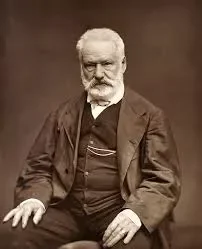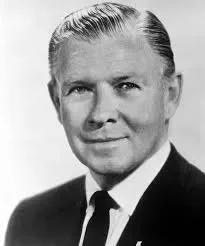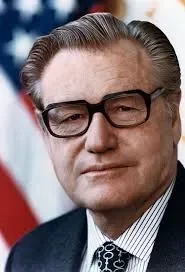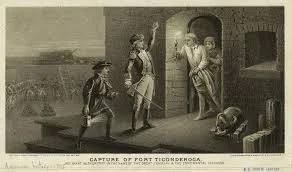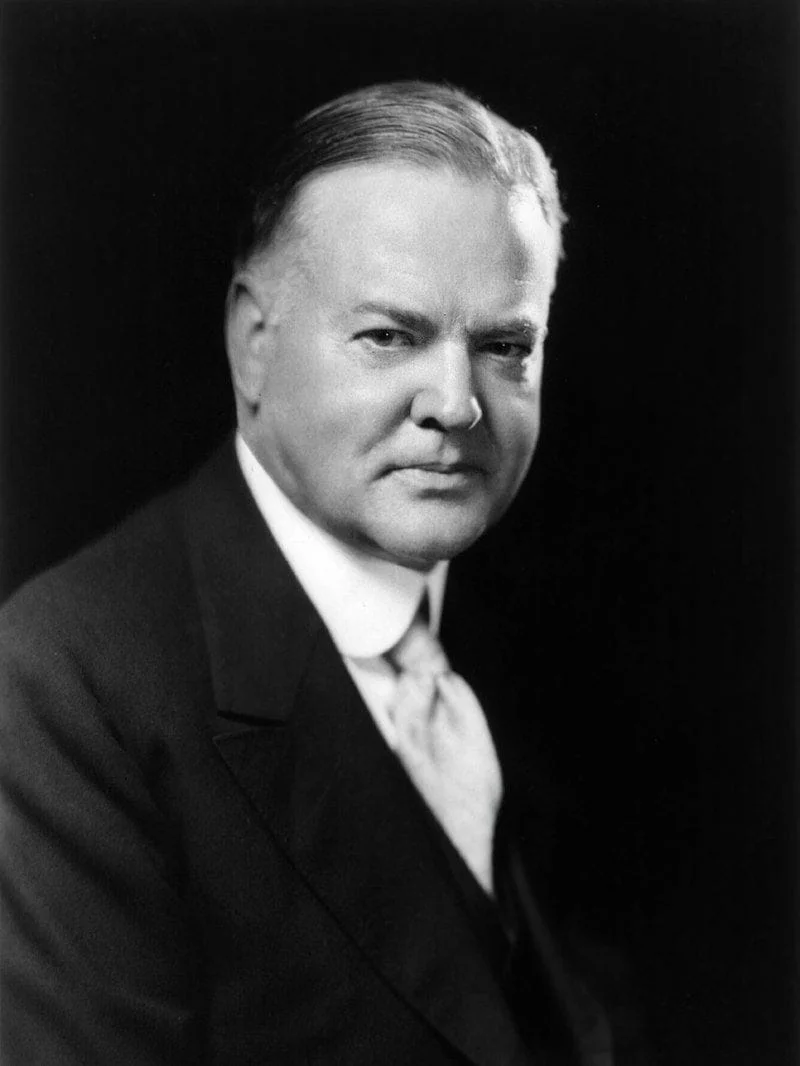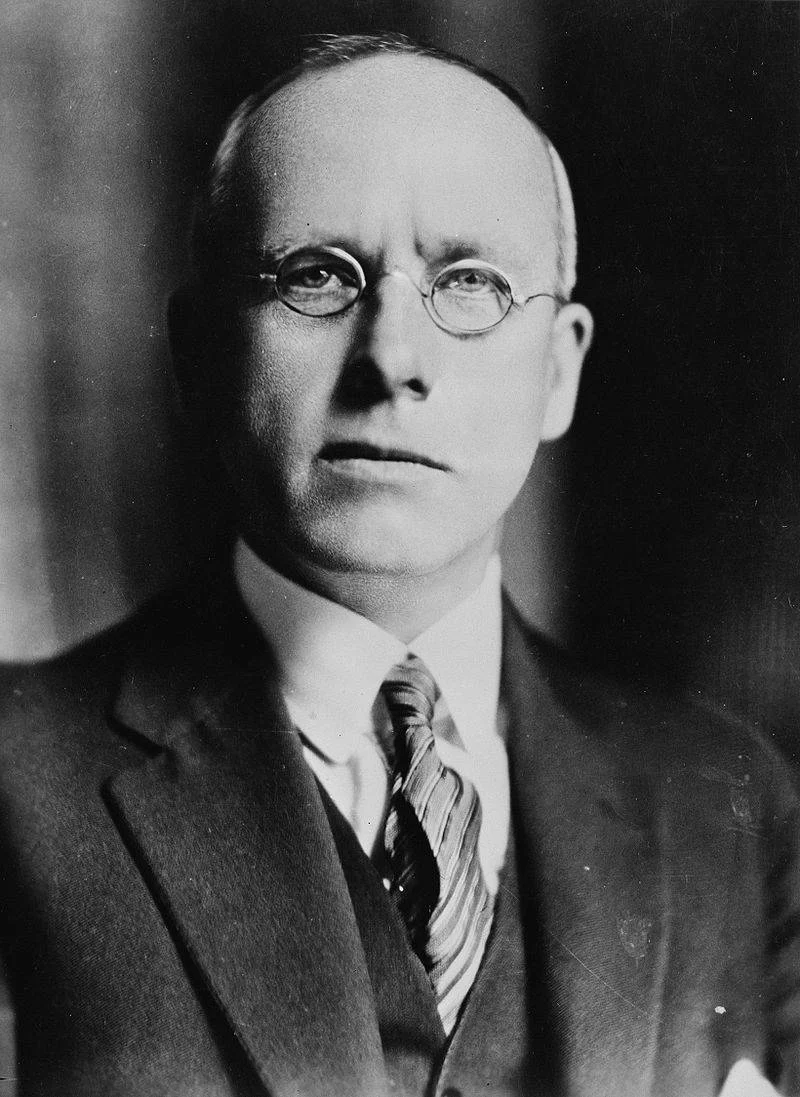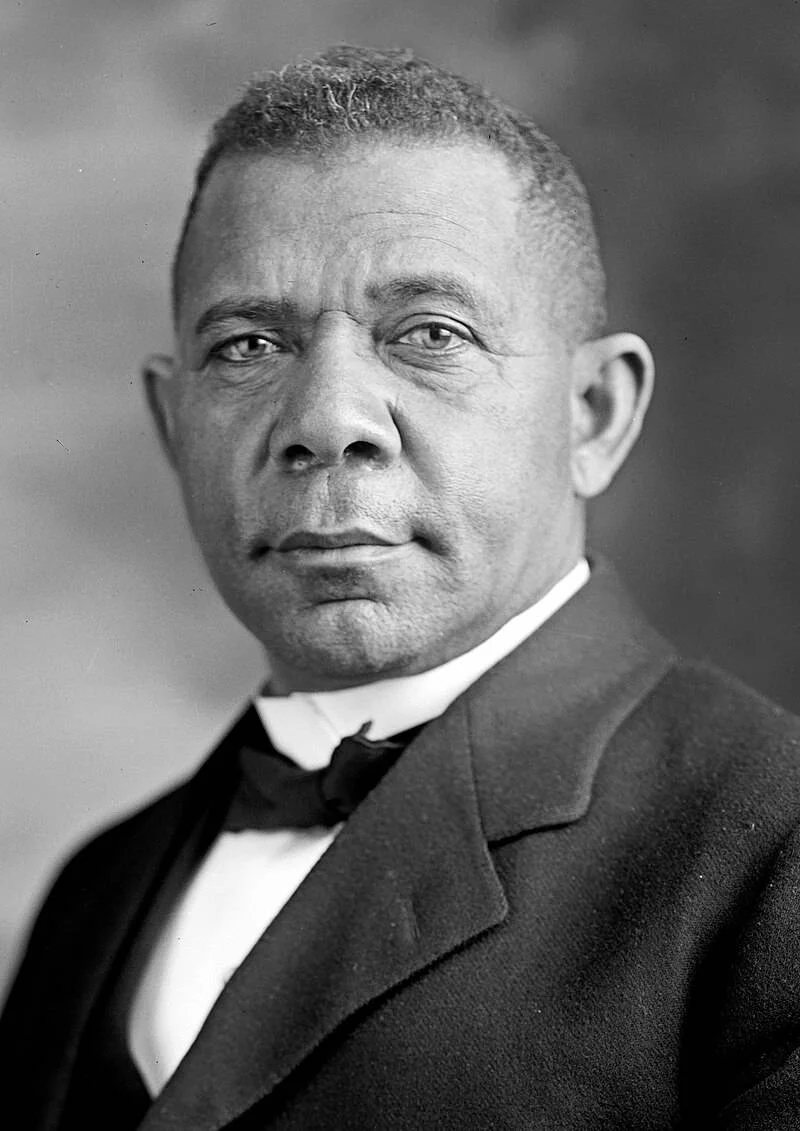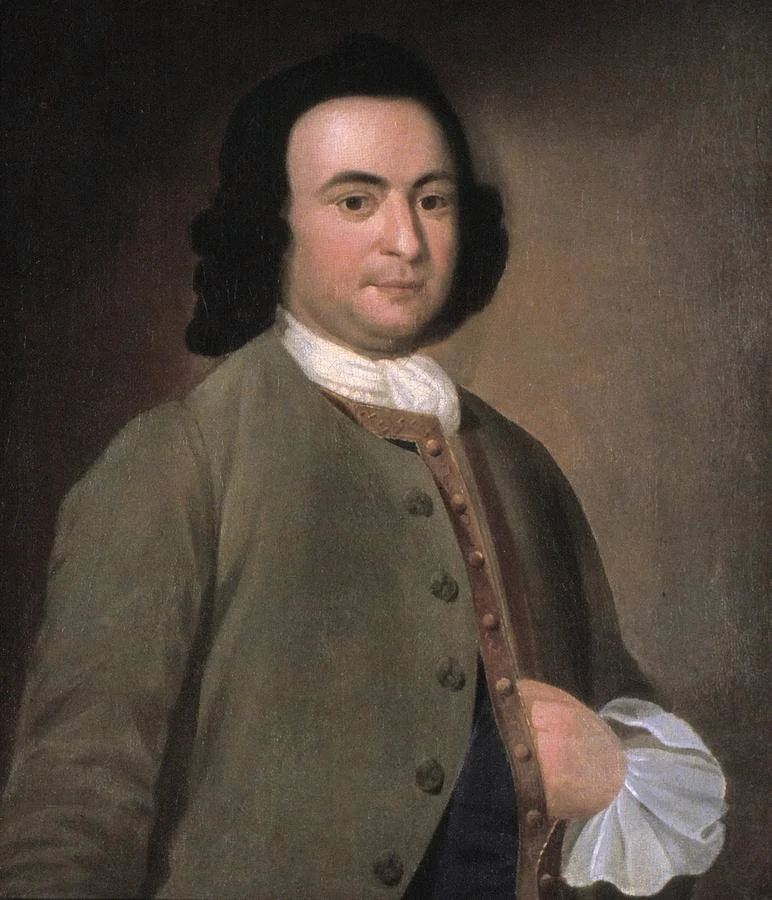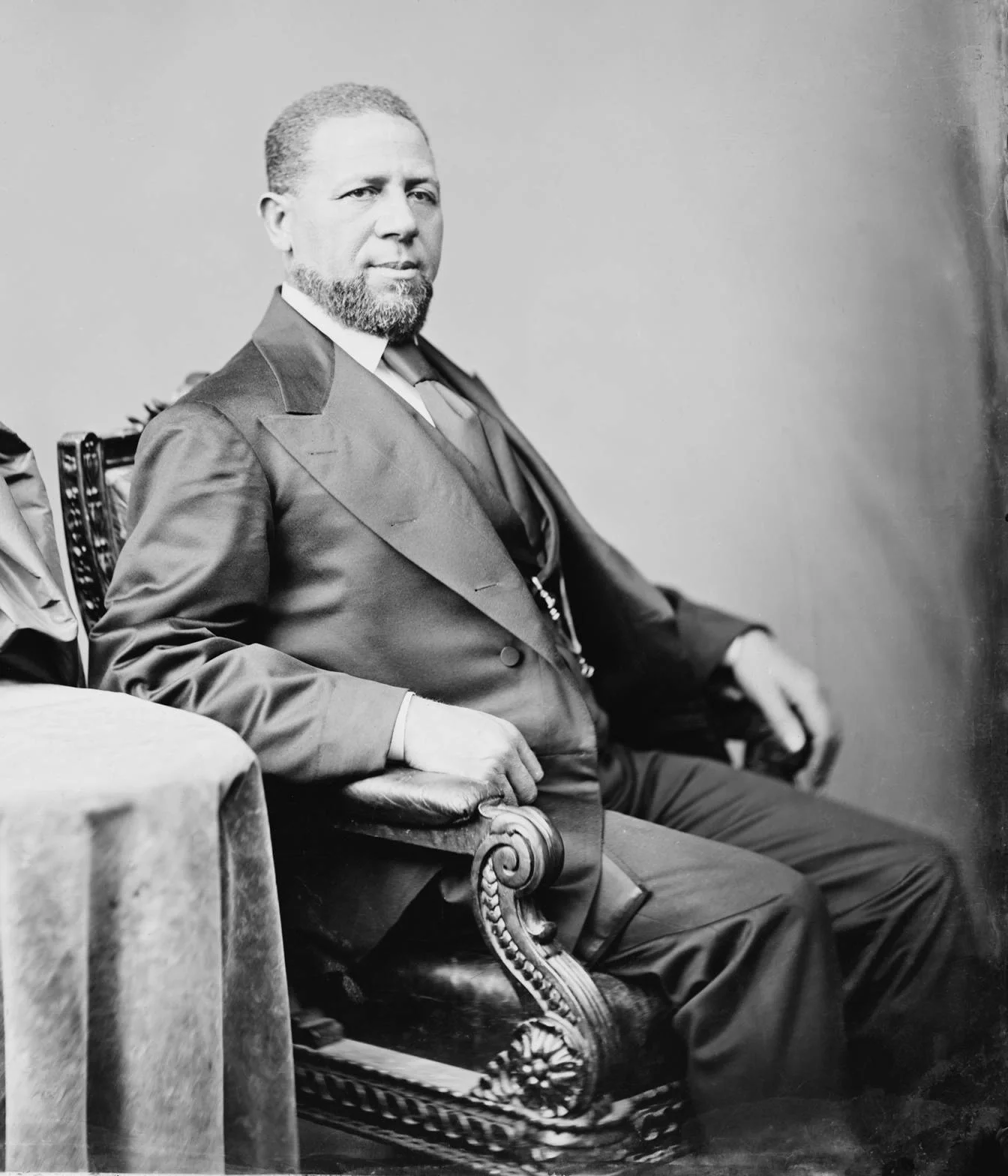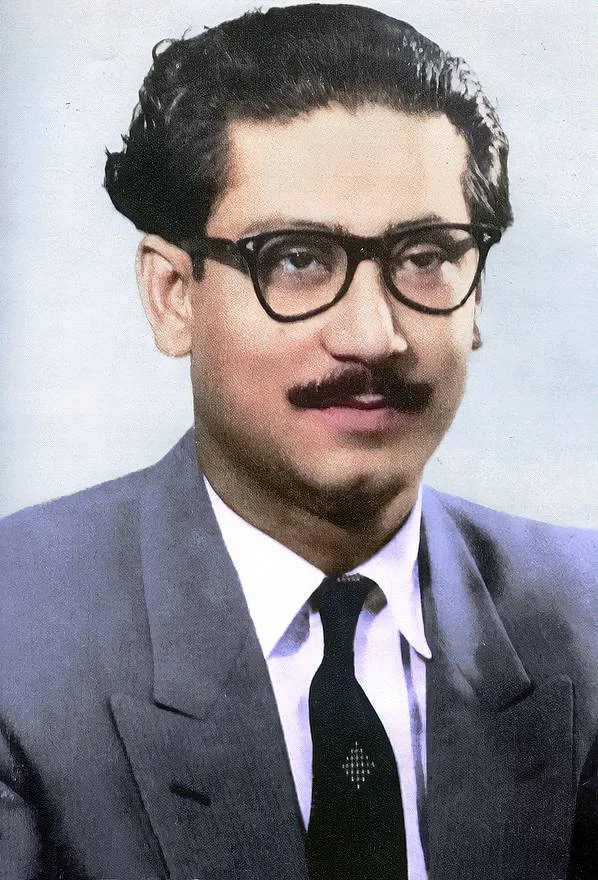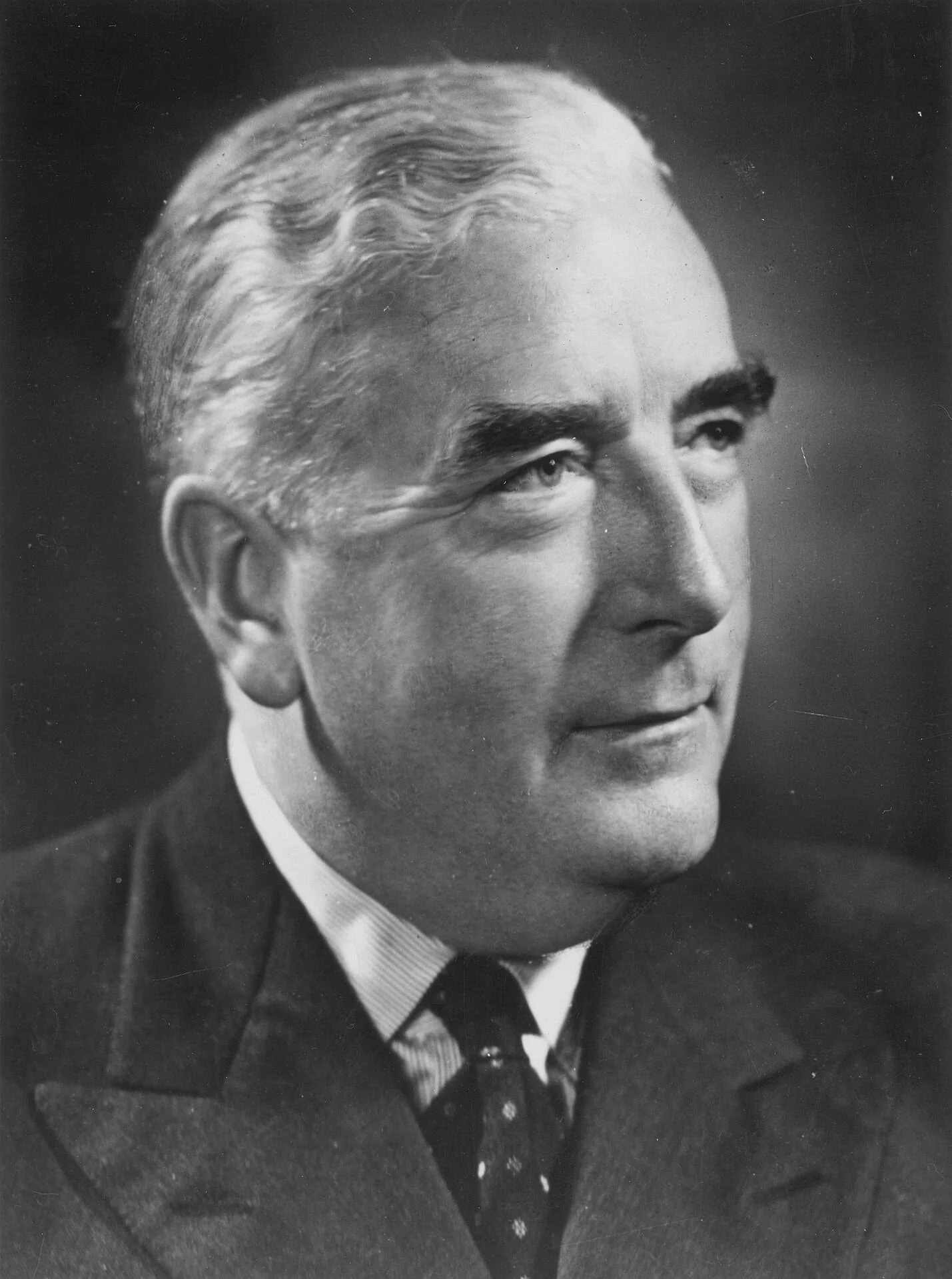Real Celebrities Never Die!
OR
Search For Past Celebrities Whose Birthday You Share

wikimedia.org
Joseph Stalin
Birthday:
18 Dec, 1878
Date of Death:
05 Mar, 1953
Cause of death:
Cerebral haemorrhage
Nationality:
Georgian, Soviet
Famous As:
Politician
Age at the time of death:
74
Joseph Stalin: Early Life and Family Background
Joseph Stalin, born Ioseb Besarionis dze Jughashvili on December 18, 1878, in Gori, Georgia—back when it was still under the Russian Empire’s thumb—grew into the Soviet leader who left a massive mark on the 20th century. From the mid-1920s until his death in 1953, he ran the show as General Secretary of the Communist Party and later Premier, gripping the Soviet Union with an iron hand. His story is a mix of industrial leaps, wartime grit, and brutal crackdowns. Stalin came from a rough, broke family. His dad, Besarion Jughashvili, was a cobbler who drank too much and often took it out on his son with his fists. His mom, Ekaterine Geladze, scrubbed laundry to keep them afloat. Life wasn’t easy—smallpox hit Stalin at seven, leaving scars across his face. Still, his mom had big hopes and got him into Gori Church School in 1888, pushing for something better. He was sharp, and it paid off with a scholarship to Tiflis Theological Seminary in 1894. But that’s where things shifted—he ditched faith for Marxism, dropping out in 1899 to join the fight against the Tsar.
Formative Years and Revolutionary Activity
Stalin’s early days as a revolutionary were all about working in the shadows. He stirred up strikes, spread the word with propaganda, and even pulled off bank heists to bankroll the Bolsheviks. Between 1902 and 1913, he got nabbed plenty of times, locked up, and shipped off to Siberia—only to break out again and again. Somewhere along the way, he picked up “Stalin,” meaning “Man of Steel,” a name that fit his toughening edge. He stuck close to Vladimir Lenin, climbing the Bolshevik ranks. By 1912, Lenin tapped him for the Central Committee. Stalin was right in the thick of the 1917 Russian Revolution, helping topple the Provisional Government and lock in Bolshevik power. When Lenin died in 1924, Stalin played a slick game, outsmarting folks like Leon Trotsky to grab the reins.
Personal Life
Stalin’s personal side was messy and often heartbreaking. His first wife, Ketevan “Kato” Svanidze, died of typhus in 1907, just after their son Yakov was born. His second, Nadezhda Alliluyeva, took her own life in 1932 as their marriage frayed. He had three kids—Yakov, Vasily, and Svetlana—but his hard, controlling streak kept them at a distance. Even with his cold, steely image, Stalin had softer spots. Pals said he could charm you one minute and eye you with suspicion the next—a guy who swung between warmth and icy calculation.
Professional Career and Achievements
Stalin’s rule turned the Soviet Union into a heavyweight, but the price was steep. His Five-Year Plans pushed hard for industry and collective farms, dragging the economy forward—yet they triggered famines like the Holodomor in Ukraine (1932–1933), wiping out millions. In World War II, as Commander-in-Chief, he stumbled at first when Germany invaded in 1941. But he rallied, steering victories like Stalingrad that crushed the Nazis. By 1945, the Soviet Union stood tall, though battered. At home, Stalin kept a tight grip with purges, wiping out anyone he saw as a threat. The Great Purge (1936–1938) sent millions to their deaths or Gulag camps. He built himself up as a flawless god-like figure, too.
Ioseb Besarionis dze Jughashvili's Quote's
Contributions and Impact
Stalin redrew the world map. He hauled the Soviet Union from a farming backwater to an industrial force that could stare down the West in the Cold War. His wartime calls beat Hitler and locked Eastern Europe under Soviet sway. But his ways were savage. Famines, forced labor, and purges tore lives apart—historians figure he’s tied to over 20 million deaths, landing him among history’s cruelest rulers.
Death and Legacy
Stalin checked out on March 5, 1953, at 74, after a brain hemorrhage hit him at his Kuntsevo Dacha near Moscow. His death closed a chapter soaked in fear and iron rule. A big state funeral rolled out on March 9, with four days of mourning across the Soviet Union. His legacy splits folks down the middle. Some see a game-changer who crushed fascism and modernized Russia; others call him a monster whose reign drowned millions in misery. After he was gone, Nikita Khrushchev kicked off de-Stalinization, tearing down the hero worship and shaking up Soviet ways. Today, Stalin’s a paradox—a wartime savior who led the USSR to glory and a ruthless tyrant whose grip showed the dark side of absolute power.
Name:
Ioseb Besarionis dze Jughashvili
Popular Name:
Joseph Stalin
Gender:
Male
Cause of Death:
Cerebral haemorrhage
Spouse:
Place of Birth:
Gori, Tiflis Governorate, Russian Empire (now Georgia)
Place of Death:
Moscow, Soviet Union (now Russia)
Occupation / Profession:
Personality Type
Architect Imaginative and strategic thinkers, with a plan for everything. Stalin’s strategic ruthlessness, long-term planning (e.g., Five-Year Plans), and ability to manipulate power structures suggest a calculating, visionary personality warped by paranoia and cruelty.
He was born Ioseb Besarionis dze Jughashvili in Georgia, but later adopted the name Stalin, meaning “man of steel.”
His body was removed from Lenin’s Mausoleum in 1961 during de-Stalinization.
While credited with strengthening the USSR, he is also remembered for brutal purges, forced labor camps (Gulags), and policies that caused millions of deaths.
Joseph Stalin was the leader of the Soviet Union from the mid-1920s until his death, transforming it into a global superpower.
Stalin launched ambitious Five-Year Plans that rapidly industrialized the Soviet Union, though often at great human cost.
Ordered the deaths of close allies like Trotsky (1940) and purged millions during the Great Terror (1936–1938).
As Premier, Stalin led the USSR during World War II, playing a decisive role in the defeat of Nazi Germany, especially with the Battle of Stalingrad.
Oversaw industrialization, making the USSR a nuclear power by 1949.
General Secretary of the Communist Party (1922–1953).
Led the Soviet Union to victory in WWII (1945) against Nazi Germany.
Received the Order of Lenin (multiple times, e.g., 1935, 1945).
Named Time magazine’s Man of the Year (1939, 1942, for influence).

